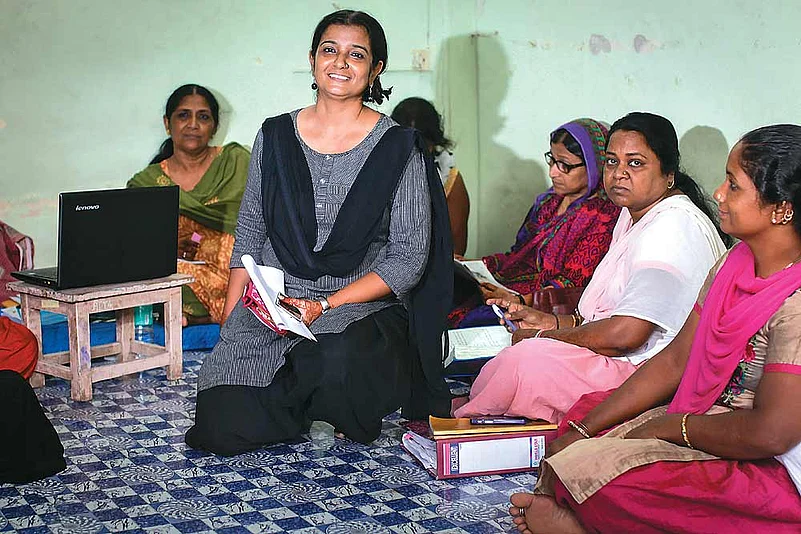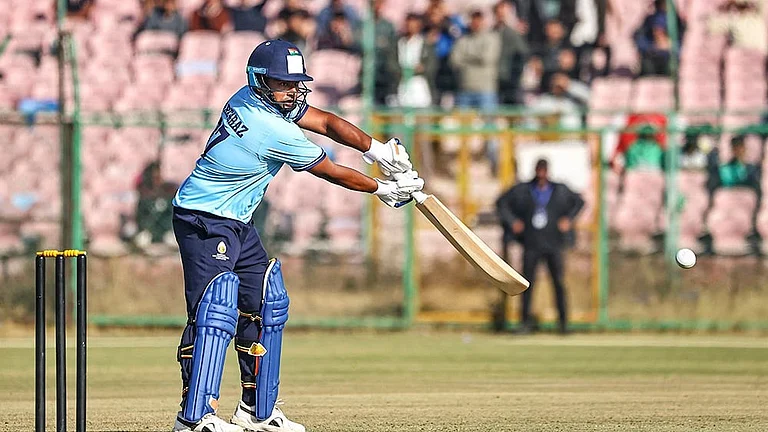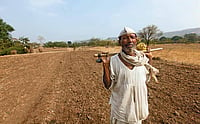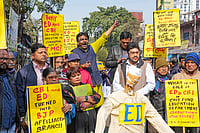On August 26, the Bombay High Court ruled that women can enter the inner sanctum of the Haji Ali Dargah. In 2012, the dargah’s trust had suddenly imposed a ban on the entry of women. Prachi Pinglay-Plumber speaks to Noorjehan Safia Niaz, founder of the Bharatiya Muslim Mahila Andolan (BMMA), who filed a PIL which led to the revoking of the ban by the high court. Excerpts from the interview:
The Haji Ali case verdict is being welcomed by all. Tell us how it came about?
In 2012, women were banned from entering the mazaar at the Haji Ali Dargah. We tried talking to the trustees about this and also met their president, who gave us rubbish reasons for imposing restrictions, such as “Women’s head scarf/dupatta slips when they bend to offer prayers and it is not safe for women to intermingle with men inside the sanctorum” and so on. These were just excuses as the entry and exit for women had always been separate in the dargah. They then spoke about how women are impure because of menstruation. When we told him that it is a 400-year-old tradition for women to go in and offer prayers, he said it had been a mistake all along.
Then we approached the women’s commission, where we were told it’s a minority issue and the minority commission directed us to the minority development department. There, the principal secretary, T.F. Thekekara ma’am, tried to organise a joint meeting for which the trustees never came. After that fizzled out, and after not getting any support from Arif Naseem Khan, then minority affairs minister, we decided to approach the court with a PIL. But even that wasn’t easy. At least eight to 10 lawyers refused to take up the case. Everyone was enamoured by the idea but no one was ready to bell the cat. Finally, when Raju Moray agreed to do our case pro bono, he said he would not get into the religious issues but stick to the constitutional rights argument. In August 2014, we filed the petition and now, after 7-8 hearings, we have finally received a positive verdict.
What kind of support did you get? Were there any surprises?
The state government’s stand in the matter, presented by advocate-general Srihari Aney helped us. Some women’s groups asked us why we were fighting for entry into a religious place when religion is itself a tool of oppression. But on the whole, there was a lot of support. The clergy, of course, was not happy and said that let alone this dargah, women should not visit any grave. They gave us the most bizarre argument.
What was that?
That the atma (soul) of dead people buried in cemeteries can see women naked. We asked if the same would hold true for women’s souls seeing men who visit graveyards. But this becomes illogical and ridiculous for them when all we are trying to say is that men and women are equal before the creator.

Does being a religious person and an activist ever bother you?
All are believers in our organisation. Secularism does not mean atheism and there is no contradiction in believing in god and my rationale or logic for women’s rights. It is possible to have your faith and live in the 21st century. But to break the dogmatic discourse is a challenge.
Women are increasingly doing that—like you started training for women qazis?
Yes, it has been happening. The translations and interpretations of the Quran by women scholars from the Arab world are completely different from the men’s versions. Arab women scholars can read the texts directly, unlike us, and have talked about different semantics. For example, in Amina’s version, the visual image is a triangle where the creator is on top and man and woman are the other two angles—at par. Previously, the representation was linear, with woman shown below man.
How do you view the latest burkini ban, which is creating ripples from Europe to the Arab world?
I am against any ban but it’s not that simple. The state tried to enter a personal space, which basically shows its conservatism and not its liberalism. A state cannot tell anyone things like“Kya pehnna hai, dadhi kitni rakhni hai (What to wear, how long a beard to keep).” Our stand is, let the woman decide. Even in our organisation, we never tell anyone whether to wear a burqa or not. At the same time, one needs to understand the larger issue. Girls aged five are made to wear the hijab. There is so much conditioning that I wonder if they can ever exercise free choice later. Secondly, the issue is: why is it expected that not a single strand of a woman’s hair should be visible? Everything about a woman’s body causes anarchy, a strand of hair, her laughter.... So then, I feel, why shouldn’t the woman be what she likes. It is a complex feeling where, on the one hand, you want to uphold a woman’s right to wear what she likes, but on the other, you want to fight the undercurrent of patriarchy and conservatism.
How do Muslim men react?
I am often surprised that Muslim men are not perturbed by how they are depicted. It’s as if they have no control over themselves. There are many who support our work but they don’t actively protest. Why not protest against this understanding of men?
How does your family deal with all this?
When my parents were alive, they were very supportive of my work. My sister and brother care a lot about me but they are also worried. Sometimes they say,“Kyun karti ho yeh sab, kuch honewala nahi (Why do you do all this. Nothing will change).” My husband and children are always there for me. My husband works in the private sector. It is because of his moral support and encouraging attitude that I am able to carry on with this work.
Does the liberal intellectual fraternity stand by you? Do you try to involve men in your work?
Yes, especially people like Asgar Ali Engineer, when he was alive. Tahir Mahmood, Javed Anand and Firoz Mithiborewala—all have supported us in the public domain. We work a lot with youth because you have to reach out to them to change the mindset of society.
Tell us about Zakia Soman, your partner in your organisation.
Zakia and I would meet at different seminars and workshops after I completed my post-graduation from TISS. One day, she called and said there is no national platform for issues of Muslim women and we should do something. I agreed and we started working on the idea. After about two years, we formed the BMMA in 2007. Since then, we have worked on all the issues together.
Do you think that right-wing influence or radicalism is on the rise in all religions?
Yes, I agree with that. If I were to speak about Islam, in the post-cold-war era, it was the western countries that funded and helped the Taliban grow. It was linked to oil more than anything else, but they created a demon out of Islam. There has to be an underlying force if it is happening all over and one cannot ignore the role played by capitalism. It is all interlinked.
What bothers you? What are the challenges, now that the verdict is here?
I think the biggest challenge is that we have to go to the judiciary for solutions which belong to the legislature. We are going to the judiciary for everything, including potholes on the roads. Why are the elected representatives not doing this job?
Aren’t some things changing for the better in this country?
Yes they are, but not in the mainstream. It is the rise of subaltern feminism that is a big positive in present times. In the 1970s, there was a strong feminist movement. You don’t see that force in the mainstream now. Internationally, you can see that in the rise of Islamic feminism. Here, increasingly Dalit, Adivasi and Muslim women are organising themselves. It is the feminism of the marginalised. That is the hope.


























